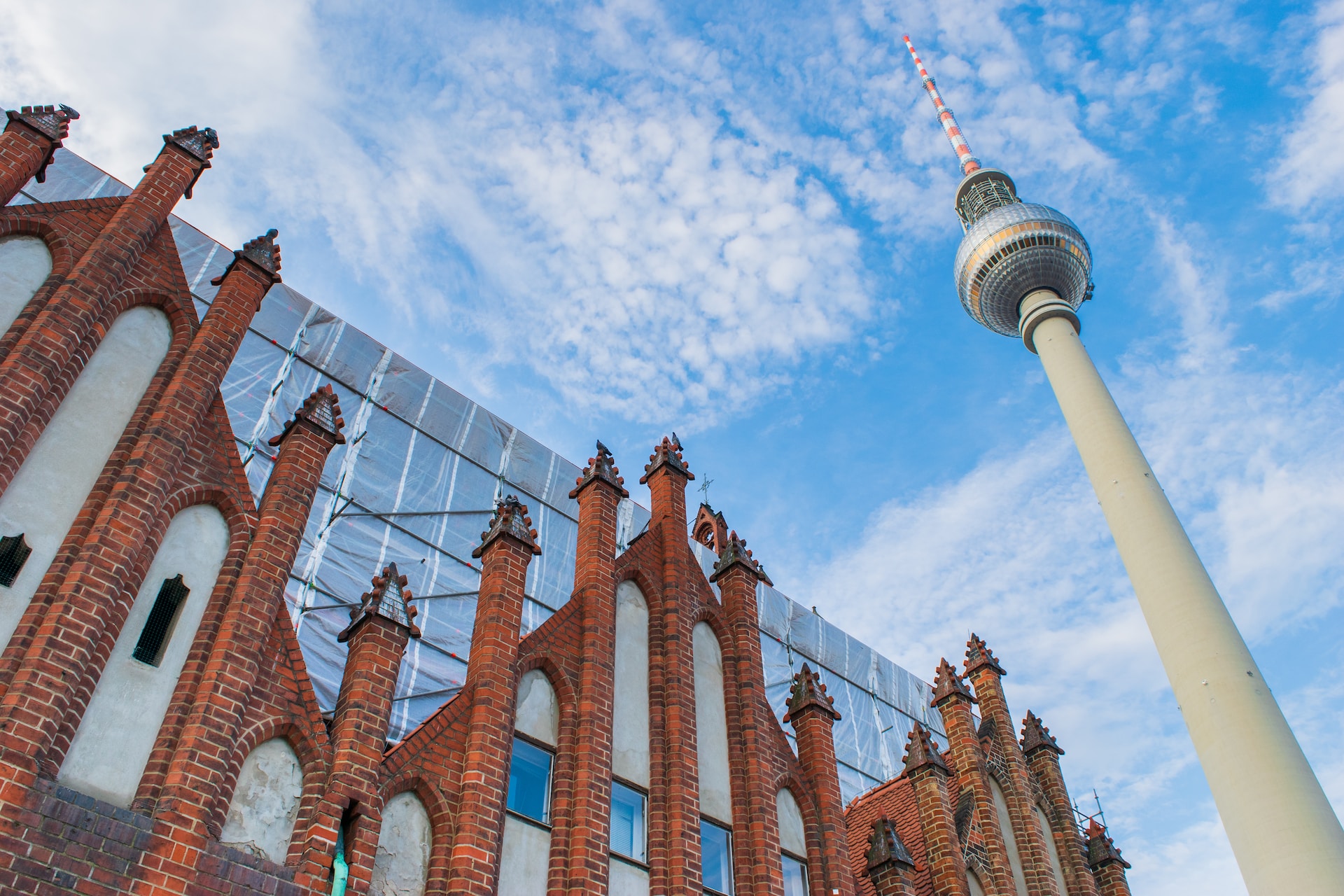The building of the Berlin Wall stands as a significant event in history, symbolizing the division of Germany and the broader ideological divide between the Soviet Union and the Western world during the Cold War. To comprehend how the Berlin Wall came into existence, we must explore the circumstances that led to its construction and the methods employed by the Soviet Union.
The Background: The Cold War and Germany’s Division
Following Germany’s defeat in World War II, the victorious Allied powers – the United States, the Soviet Union, Great Britain, and France – divided the country into four occupied zones. This division was intended to facilitate the rebuilding process and ensure that post-war Germany could exist as a peaceful nation.
However, political and ideological disagreements between the Soviet Union and the other Allies quickly arose. The Western Allies sought to revitalize Germany’s economy and promote democracy, while the Soviet Union aimed to establish a socialist regime and maintain control over Eastern European nations.
The tension between the two opposing factions intensified, resulting in the gradual formation of two separate German states – the Federal Republic of Germany (FRG or West Germany) and the German Democratic Republic (GDR or East Germany). Berlin, situated deep inside the Soviet-controlled territory, was similarly divided into East and West Berlin.
The Decision to Build the Berlin Wall
As the Cold War escalated, many East Germans began defecting to the more prosperous and politically free West Germany through Berlin. These mass migrations appeared to pose a significant threat to the socialist regime established by the Soviet Union in East Germany.
In response to the increasing number of defectors, the Soviet Union, together with East Germany, decided to construct a physical barrier. The official purpose was to prevent the “fascist elements” from the West from infiltrating East Germany and undermining its socialist system.
Mechanisms and Construction
The construction of the Berlin Wall began during the night of August 12, 1961. Overnight, barbed wire fences were erected to separate the two halves of Berlin. This initial barrier was later replaced by a more substantial and daunting structure.
The wall itself extended approximately 155 kilometers (96 miles) around West Berlin, completely encircling it. It consisted of multiple elements:
- Concrete Walls: The primary element of the Berlin Wall was a series of concrete walls, standing at an average height of 3.6 meters (12 feet) and measuring 0.7 meters (2.3 feet) in width.
- Watchtowers: Numerous watchtowers were strategically positioned along the wall to monitor any escape attempts.
- Anti-Vehicle Trenches: Surrounding the wall were anti-vehicle trenches, making it difficult for vehicles to breach the barrier.
- Barbed Wire: In addition to concrete, the wall was fortified with barbed wire to deter potential escapees.
- Death Strip: The space between the inner and outer walls, known as the “death strip,” was filled with obstacles such as tripwires, alarms, guard dogs, and more.
The construction continued over the years, with additional fortifications being added to further secure the border. The final iteration of the wall reached its peak level of sophistication, making escape virtually impossible.
Consequences and the Fall of the Wall
For nearly three decades, the Berlin Wall served as an impenetrable physical and ideological barrier between East and West Berlin. Families were divided, and countless individuals lost their lives attempting to cross the wall.
However, the tides of history eventually turned. Amidst significant political changes and uprisings throughout Eastern Europe, the Berlin Wall finally fell on November 9, 1989, following mass protests by East German citizens demanding reform and freedom of movement.
The fall of the Berlin Wall marked a crucial turning point in history, symbolizing the end of the Cold War era and eventually leading to the reunification of Germany in 1990.
Legacy and Lessons Learned
The construction and subsequent fall of the Berlin Wall serve as a powerful reminder of the consequences of political division. The wall’s sinister purpose, to restrict freedom and movement, demonstrated the lengths to which authoritarian regimes would go to maintain control and suppress dissent.
Today, the remnants of the Berlin Wall stand as a monument to a bygone era, reminding us of the importance of unity, freedom, and the devastating effects of dividing nations.

